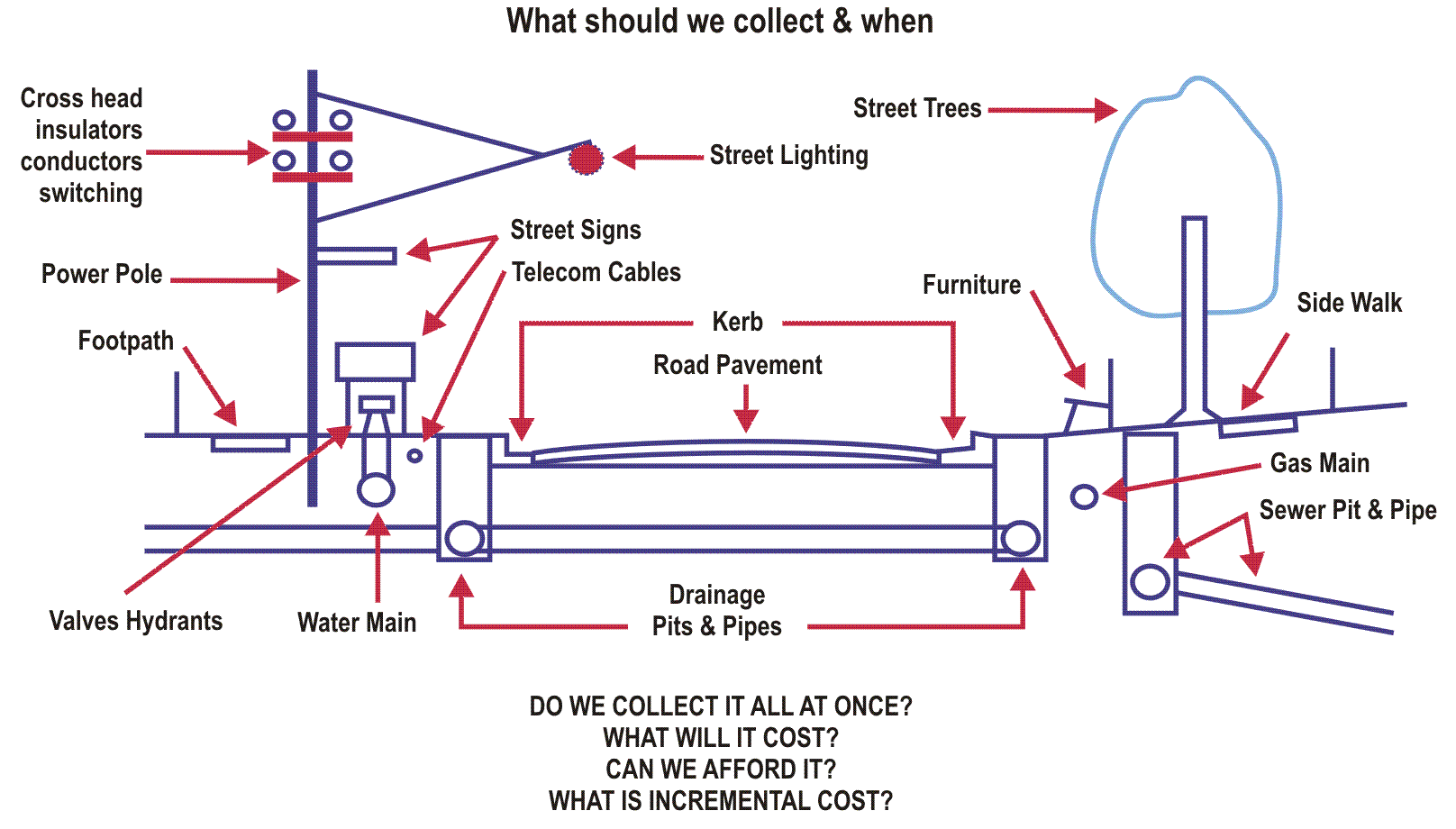Data Integrity & Verification
Human error in recording or transferring data can cause data inaccuracy.
It is important that some form of verification processes be in place.
A quick and effective check can be made by directly viewing a printout of the asset register. Problems of numbering, missing or incorrect data or codes are generally easy to see in a tabular printout.
Where the system software includes standard statistical reports, age profiles or other similar outputs, they should be completed and analyzed. Inconsistent or invalid inputs will often show out clearly from the mass of valid data.
The asset coordinator needs to do overview checks of the data input, but check a suitable sample only. This should be recorded in the program procedure manual.
Preferably field data should be input into a data logger, which can then be transferred electronically into the computer system so as to avoid any transposing errors.
Data capture projects like any other projects require a benefit/cost analysis.
The history of an asset can be built up over a given time. The costs associated with furthering your knowledge on that asset should be calculated accurately.
What should we collect and when?

There can be many assets in one area. It is knowing what to collect and when to collect that is the key.
Overall, incremental cost data capture can work out cheaper and should be considered. However you will have to predetermine what information has priority i.e. what the data will cost and work out what the business can afford.